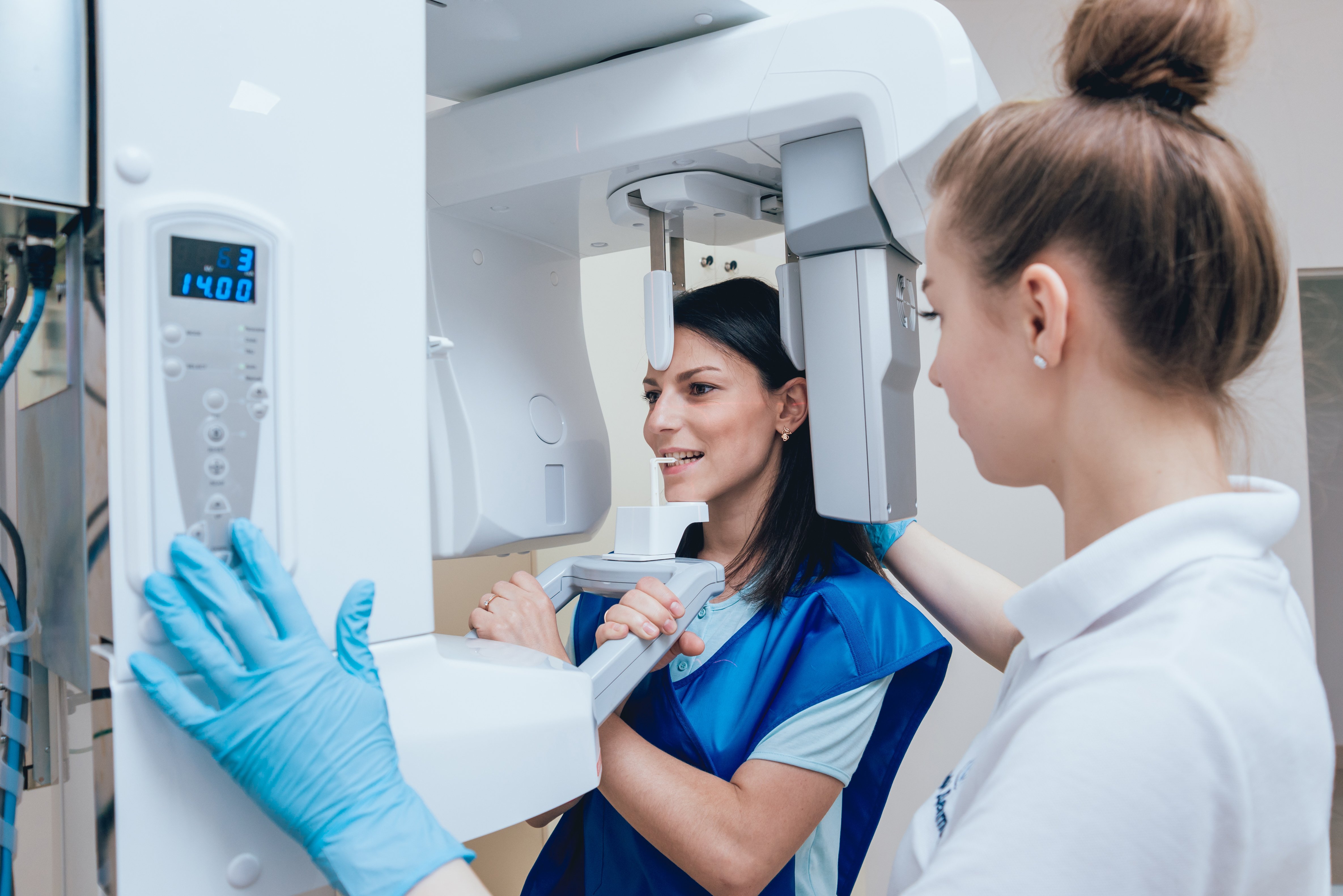
The dental industry has undergone sea changes thanks to technological advances. How do the latest developments impact dental imaging, and what do they mean for dental practices?
Let’s look at how artificial intelligence (AI), machine learning (ML), and augmented reality (AR) are incorporated into the latest dental imaging software and how they help enhance image analysis, improve diagnostic capabilities, and facilitate treatment planning.
We hear AI, ML, and AR often, but what exactly do the technologies involve? Let’s get onto the same page:
Artificial intelligence combines computer science with robust datasets to enable problem-solving. AI algorithms analyze and learn from vast amounts of data to create expert systems that make predictions or classifications using input data.
Machine learning is a discipline within AI. While AI implies that a machine can mimic human intelligence, ML doesn’t. ML focuses on teaching a computer system to perform specific tasks and deliver accurate results through analyzing data and recognizing patterns.
Augmented reality combines real-world and computer-generated content to create an immersive experience spanning multiple sensory modalities, including visual, auditory, haptic, somatosensory, and olfactory.
AI in dentistry helps support diagnosis, decision-making, treatment planning, and the prediction of treatment outcomes. It’s used in dental imaging software to improve diagnostic accuracy while making the process more efficient and lightening the dentist’s workload.
For example, AI in operative dentistry can learn through analyzing numerous images to understand patterns that indicate dental caries, vertical root fractures, apical lesions, etc., and provide pulp space volumetric assessment and tooth wear evaluation.
The technology can automatically detect and flag various conditions before they’re observable to the human eye. Dentists can identify high-risk areas early and recommend treatments to achieve the best outcomes. You can also use AI to analyze images and monitor treatment progress to ensure complete resolution.
ML helps dental imaging software learn from data and improve accuracy over time. The software can identify dental issues, such as tooth decay, gum disease, and oral cancer, by comparing a patient’s X-rays to tens of thousands of images and the associated diagnoses. The software can also assess a problem’s severity and recommend the best treatment options.
ML can enhance images to mitigate distortions while enhancing critical features to improve their informative value. It can also delineate various parts within a dental image by recognizing border areas with different grayscale intensity or texture — helping dentists see meaningful regions corresponding to normal and pathological structures.
Additionally, ML algorithms can label objects and assign them to specific classes (e.g., tooth, caries, tumor, bone, etc.) The system can then decide whether pathological signs are present.
AR technology in dental imaging software allows you to overlay information on real-life images or simulate dental procedures before starting them. You can plan treatment and rehearse the steps based on a patient’s actual condition to minimize unknowns and surprises.
This method helps facilitate the planning and execution of complex procedures like oral surgery or implant installation to ensure the best treatment outcomes. You can also use AR alongside dental images to educate patients about their oral health to enhance their experience and improve compliance.
AL, ML, and AR are creating transformative impacts in the dental field and helping practices improve the quality of care. Are you ready to take advantage of emerging innovative applications in dental imaging?
Here’s the caveat: The software is just one part of the equation — the provider must have sufficient and high-quality data to train the ML model to deliver accurate insights and results.
tab32 has been using ML technologies to enhance various aspects of our dental practice management software (PMS). We have an ML-ready platform with over one million tagged images and nine terabytes of data, providing the best resource to train AI- and ML- algorithms to perform accurate analyses.
Moreover, our cloud-based platform and subscription model means you don’t have to worry about buying new software. We regularly update our platform with new capabilities, which you can access at no additional cost. Request a demo to see how AI, ML, and AR can transform your practice.
These Stories on Dental Xrays - Imaging & Radiology
No Comments Yet
Let us know what you think